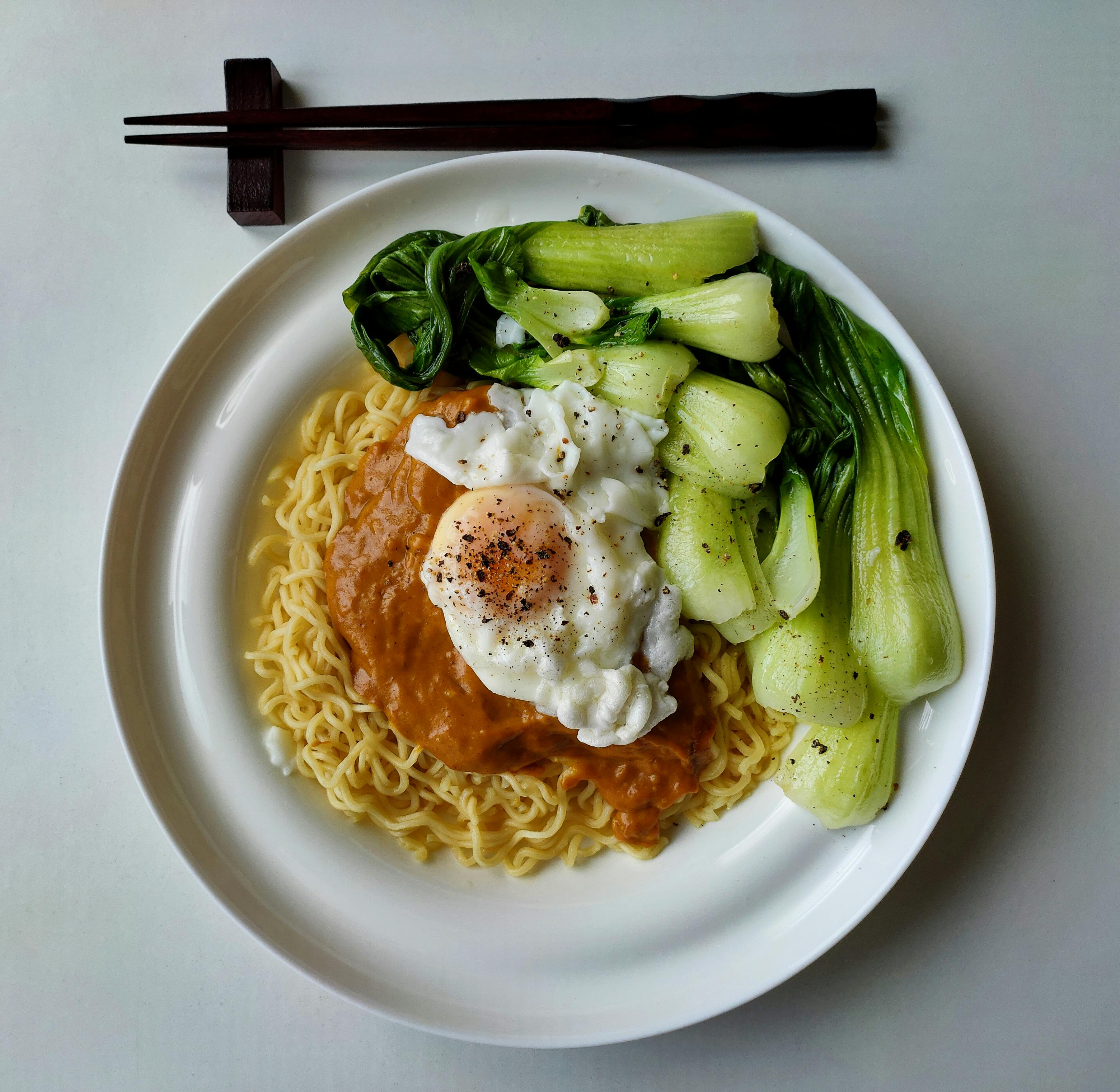One of my favorite home improvement topics is painting kitchen cabinets. This is because it can be done relatively cheaply and you can do it yourself. Often the task is easily completed in a weekend and the results in an old fashioned kitchen are impressive.
Here are six basic steps to follow to pull off a DIY kitchen cabinet painting project:
Step 1: Evaluate your work.
wooden cabinets; wood laminates and metal are easily repainted. If your cabinets are made from plastic laminates, the process might require a bit more thought. Those that can be painted over may require special techniques and materials. If your project involves plastic laminates, consulting a professional dealer is recommended. Always test a sample of your selected paint in a dark area to ensure proper bonding before committing to using your paint selection.
There are a variety of apps to choose from. Paint can be applied by brush, roller or spray. Each has its own advantages or disadvantages. Your experience and the amount of painting to be done are good indicators of which one is best for you. Another implication could be the type of paint or finish you have selected.
Step 2: Door and Hardware Removal
As you remove the doors and drawers, you must also remove all the hardware. Hardware consists of knobs, pulls, hinges, and latches. It’s always a good idea to put them in a secure container to make sure nothing gets lost. Another good idea is to number the doors and drawers to make sure they go back to their original places.
Step 3: Cleaning the painted surfaces
Kitchens are used a lot in your home. Because of this, they also fall victim to grease and oil. Steam is also a contributor. Food spills also increase the need to ensure that all surfaces are thoroughly cleaned before starting the work process. There are a variety of cleaners available to remove residue from paintable surfaces. Avoid cleansers that contain oils. The best is a degreasing solution. Make sure all surfaces are well rinsed but not saturated. They must be completely dry before proceeding to the next step.
Step 4 – Sanding the Repainted Surfaces
Light sanding is all that is generally required to prepare for painting. Using a sanding block is recommended to prevent rounding of corners and edges. If you are not painting the interior areas of the cabinets, simply cover the interiors with masking tape. You only need to sand the front surfaces and visible edges. As long as the old paint is well-adhered and in good condition, it doesn’t need to be completely removed. The goal here is to roughen the surface so the new paint will adhere properly. A good rule of thumb is to sand until all shiny surfaces have been dull. Be sure to remove all sanding dust before proceeding to the next step.
Step 5: Prime the Cabinets
The first consideration is to apply a primer and/or sealer coat. Do this evenly on all surfaces. This will provide a suitable surface for the new paint to adhere to. This will ensure that the new paint adheres properly and is durable enough after it is fully cured (dry).
Step 6 – Paint the Cabinets
This is always a favorite place to be with your project. Begin painting with the face frames by painting the inside edges and faces of the frames. From there, move to the outer sides of the cabinets. These areas are done quickly, and since they are less visible, it is a good opportunity to get familiar with the project without making mistakes in the more visible areas. Be sure to fix any drips and stains while the paint is still very fresh.
Doors and drawers are to the side. Don’t forget to include any trim molding that may apply. Apply your paint thoroughly and evenly. Make sure the material flows into cracks, joints or crevices as you go without allowing it to build up. Apply a thin, even coat without overworking the brush. This will create bubbles and spots.
Allow four hours between coats and lightly sand each coat before repainting. Due to the high use of kitchen cabinets, it is recommended to use three layers. You won’t regret doing it.
